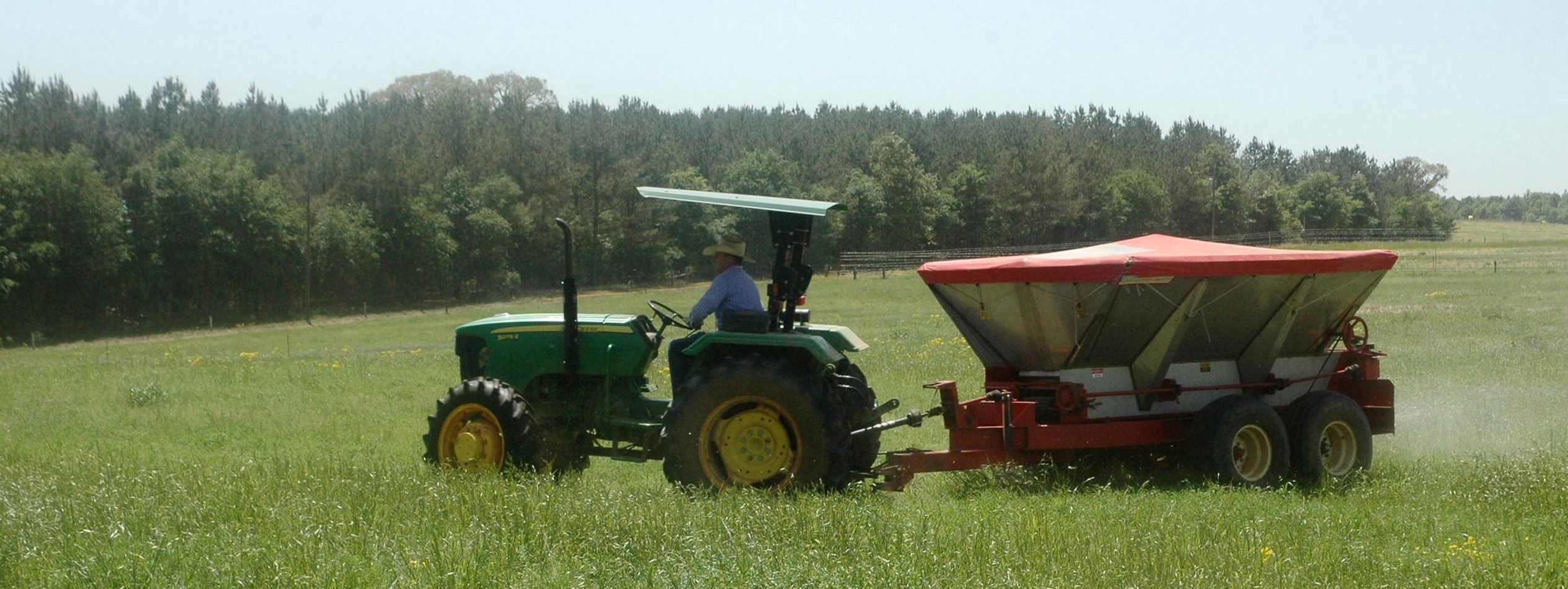Excessive fertiliser use
High production on commercial farms is often closely associated with high chemical fertiliser use. There is an argument for this which I am often presented with. People say that because there is such high production, we have to rely on chemical fertiliser to support it. If we do not use chemical fertiliser, we will not be able to keep up, and the crop will not grow.
I am sure you have heard this argument made, or possibly even made it yourself. The blogs below explain why this is not the case, and advocate for alternative approaches to nutrient management.
How we are wasting money and nutrients, and negatively impacting the environment
Further proof of the positive effect of decreased nitrogen fertiliser
The Haber-Bosch process
I was recently reminded that there is a further environmental impact from agriculture’s reliance on chemical nitrogen fertiliser. This impact is potentially much larger than we can measure or understand.
It all started in 1910 with an invention called the Haber-Bosch process. This process is an artificial form of nitrogen fixation. It uses gaseous nitrogen from the atmosphere to form ammonia.
The main use of this ammonia is the production of fertiliser. This process has greatly contributed large-scale commercial food production. The problem is that it has associated negative environmental impacts which are very often overlooked.
We tend to focus on the localized environmental impact of nitrogen where it is applied. We should also be asking, what about the broader impact associated with its production?
Unreactive and reactive nitrogen
There are, broadly, two main forms of nitrogen which occur. Reactive and unreactive forms. Approximately 78% of the earth’s atmosphere is made up of nitrogen. This is in the unreactive nitrogen gas form.
The Haber-Bosch process converts this unreactive nitrogen into the reactive, ammonia, form.
There has been a continual increase in reactive nitrogen in natural systems since the invention of this process. This is associated with the substantial increase in chemical nitrogen use in agriculture.
These increased levels of reactive nitrogen result in biodiversity loss, climate change, freshwater pollution and a changed global nitrogen cycle1,2,3.
Reactive nitrogen converted by the Haber-Bosch process does get used for agricultural production. Unfortunately, large amounts do not end up in agricultural products.
That which is not used effectively is lost to the environment. Approximately 40% of that which is lost eventually returns to unreactive forms of nitrogen in the atmosphere.
The environmental impact of creating fertiliser
The problem is the other 60%. This nitrogen continually changes forms. For example, it can go from nitrates in the soil to nitrous oxides and nitrogen gas in the atmosphere. In this way it cascades through terrestrial, aquatic, marine and atmospheric ecosystems. This results in the mentioned environmental impacts1.
Over and above these environmental impacts, the Haber-Bosch process is very energy intensive. It uses a large amount of electricity to convert unreactive nitrogen gas into reactive ammonia.
It is a very inefficient process. Much of the converted nitrogen actually just ends up back where it started, as unreactive nitrogen in the atmosphere1.
Is there a solution?
The challenge for agriculture is clear. We have to stop relying to heavily on chemical nitrogen fertiliser. Healthy soils will help us do this while still productively and efficiently growing produce.
The environmental impacts of chemical nitrogen are just too large to properly understand or mitigate. We must implement innovative, sustainable and productive ways of food production. Practices which do not rely on chemical nitrogen. This will ensure sustainable and long-term food production.
References
- Erisman JW, Sutton MA, Galloway J, Klimont Z & Winiwarter W. 2008. How a century of ammonia synthesis changed the world. Nature Geoscience 1(10):636–639.
- Fields S. 2004. Global nitrogen: Cycling out of control. Environmental Health Perspectives 12(10):A556–A563.
- Galloway JN, Townsend AR, Erisman JW, Bekunda M, Cai Z, Freney JR, Martinelli LA, Seitzinger SP & Sutton MA. 2008. Transformation of the nitrogen cycle: Recent trends, questions, and potential solutions. Science 320(5878):889–892.
- A carbon footprint assessment for pasture-based dairy farming systems in South Africa - 2024-02-07
- What progress have farms participating with Trace & Save made over the past 10 years? - 2023-09-06
- Carbon footprint reduction over time: Lessons from pasture-based dairy farms in South Africa - 2023-09-04


